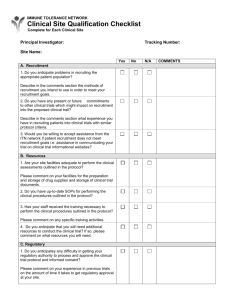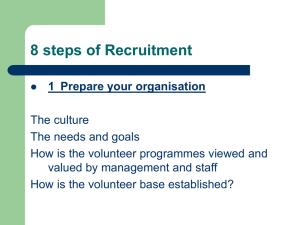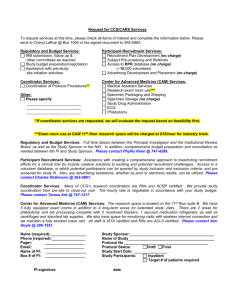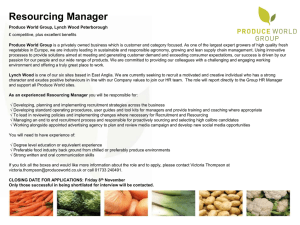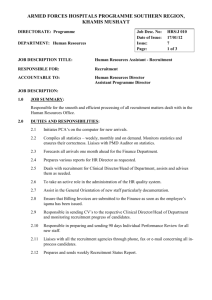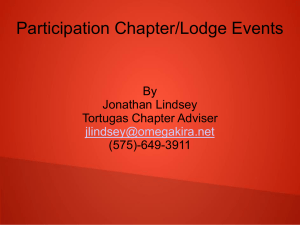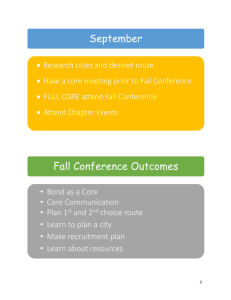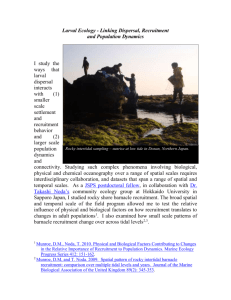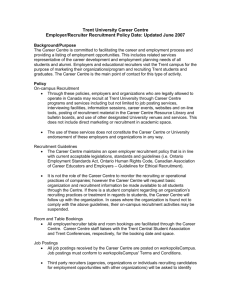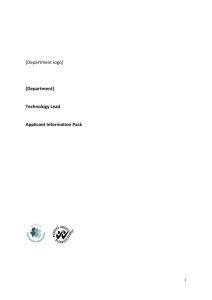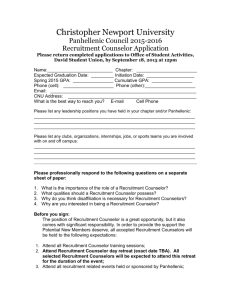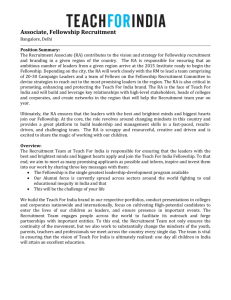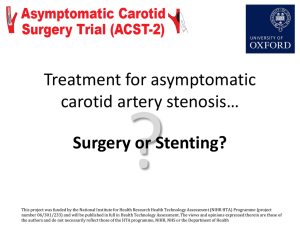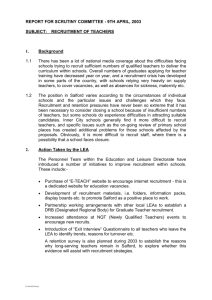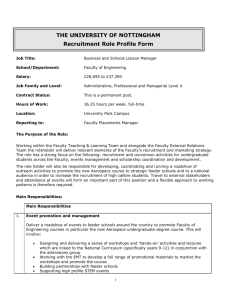Maximising Recruitment - ACST-2
advertisement
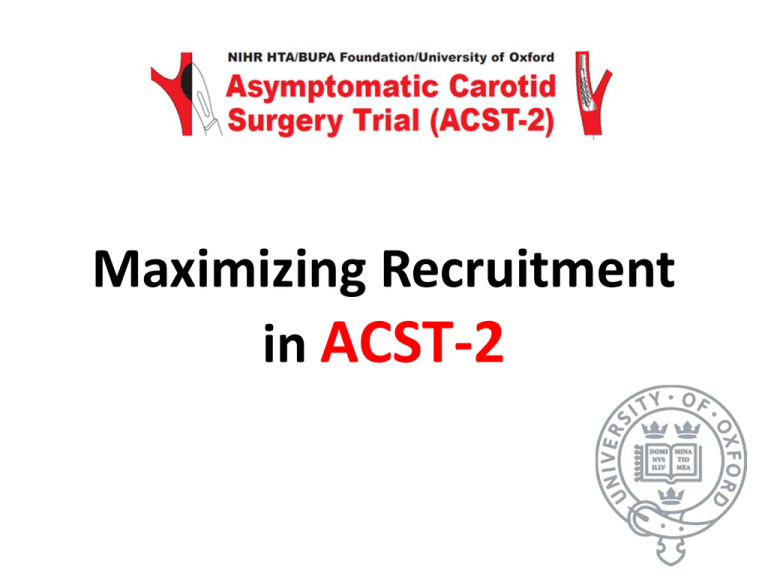
Maximizing Recruitment in ACST-2 Recruitment to Date ACST-2 recruitment to date: 1,709 Clinical trials require VERY large numbers of patients, because they study MODERATE effects… …therefore we need to Visit the website for daily recruitment rate: www.acst-2.org recruit as many patients as we can! TIA/stroke clinics Stroke inpatients DETECTION Vascular outpatients Screening Cardiology or cardiothoracic surgery assessment WHERE WE FIND TRIAL PATIENTS Duplex Doppler CTA MRA Clinician Patient eligibility discussed (e.g. MDT) Patient consent and entering in trial Know the Inclusion Criteria • Tight carotid artery stenosis (>70%), confirmed by duplex ultrasound • MRA, CTA or Angiogram shows that CEA and CAS are both practicable • No symptoms or signs* on the IPSILATERAL side for at least 6 months • Doctor & Patient are uncertain about whether to treat with CEA or CAS • Patient is fit, willing for follow- up and is likely to live 5 years • Patient is still eligible even if they’ve had a symptom or sign* on the CONTRALATERAL side (*MR/CT infarcts) Patient Enrolment • Asymptomatic patients should be given the trial information leaflet at their FIRST appointment • Confirm patients are willing to accept randomisation allocation and obtain the consent form immediately • Patients should be able to talk to the same doctor/ research nurse each time about the trial give patients a card with your contact details and the trial name. Patient- centric Approach: • Ensure an impartial explanation of BOTH procedures in the trial: CEA and CAS • Be aware of using sensitive words like: – ‘randomization’ – ‘uncertainty’ – ‘clinical trial’ vs vs vs 50:50 chance equal likelihood clinical study Think TEAM: Together Everyone Achieves More • Encourage Team Work across all disciplines • Include nurses and junior doctors in your team and encourage them to take part in the trial • Enrol a Research Nurse or Trial Co-ordinator to help run the trial at your site • Arrange meetings with interested parties and inform them about the trial (e.g. at your MDT) Regular Annual follow up • Assess patients with previous ‘stroke-like’ symptoms who have a suitable stenosis on an annual basis If you follow-up patients with >60% stenosis annually, review records to flag potential patients. Useful documents • • • • Patient Pathway Inclusion Criteria Recruitment Tips Presenting to Patients ACST-2 is here to help you! “ Please do not hesitate to contact me should you have any questions – we are here to assist you!” www.acst-2.org Email: luisa.teixeira@nds.ox.ac.uk Telephone: +44 (0) 1865 223074



